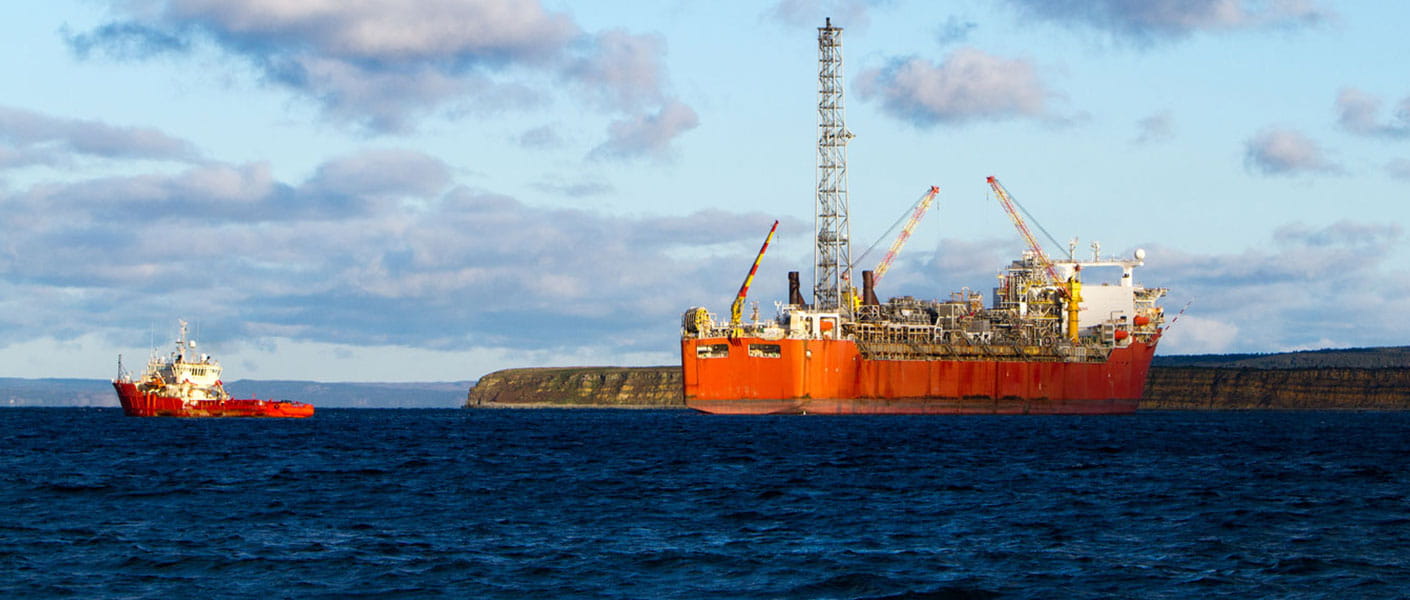
Subsea mining involves the extraction of mineral resources from the seabed, with a diverse range of resources available, from aggregates through to high value mineral deposits. The latter resources include Seafloor Massive Sulphides (SMS), poly-metallic or manganese nodules, rare earths, copper and even diamonds. Deposits are generally found around hydrothermal vents (typically between 1,400 – 3,700 m below the ocean’s surface) which form above cracks in the ocean floor. These cracks usually occur in volcanic areas, meaning countries located on or around areas of tectonic instability, such as New Zealand, Fiji, Tonga, or Papua New Guinea, are rich in these deposits.
The attempts at subsea mining were first recorded back in the 11th century BC, when the Phoenicians mined beds of seashells to extract a material they used to make purple dye. Probably the first recorded mineral extractions occurred in the third century BC when divers mined copper ore (from a depth of 4 m) near the island now known as Heybeli in the Bosporus. It wasn’t until the 1960s and 70s however, when a number of consortia began mapping hydrothermal vents and the resources they contained, that the true potential for subsea mining began to be realised.1
Why would we want to mine under the sea?
Like all mining activities, there are four key criteria that need to be met:
-
Is it technically feasible?
-
Is there a good economic case for it?
-
Does it comply with all applicable regulations and law?
-
Will the public find it environmentally acceptable?
Before even considering these questions, some may ask ‘Why attempt such risky endeavours in the deep, when there are deposits to be found on land?’ The answer is two-fold; quantity and quality.
There are numerous onshore mineral deposits found around the world, with approximately 30% of the earth’s total surface area being land, and the remainder water. Though not exact, the ratio for mineral deposits would be similar, with 30% onshore and 70% offshore. This means there is likely a great quantity of mineral reserves yet to be found subsea. The other factor is the quality of the deposit. In many mining operations on land we can see only 12% of resources recovered.2 In contrast to this is the quality of subsea minerals, with their composition being such that they are nearly 100% recoverable from the extracted ore body.3 This is why on quantity and quality criteria, subsea mining can provide a compelling case.
Where is it happening?
There have been a number of attempts around the world at subsea mining, with varying degrees of success. De Beers has been mining economic amounts of diamonds from subsea deposits since the 80s. Currently the best potential deep sea site, the Solwara 1 Project, found in the waters off Papua New Guinea, is a high-grade copper-gold resource, and the world's first SMS resource. This development proposes sea floor mining at depths of up 2000m. At the depths envisaged conventional sea floor mining techniques such as suction dredges must be replaced by specialised sea floor mining tools such as autonomous underwater vehicles (AUV’s) which can operate independently of the surface production support vessel (PSV) or remotely operated vehicles (ROV’s) .
One country that potentially could benefit from subsea mineral deposits is New Zealand. Though a small country, it has an economic exclusion zone of some 4m km2, twice as large as China’s, and due to the geology and formation of the country it is rich in seabed minerals. With huge reserves available it is understandable why it could be an attractive proposition. For example, an investigation undertaken in 2012 for NZ Petroleum and Minerals (the Government agency responsible for mineral exploitation) on the potential for New Zealand Seafloor Mining in the Kermadec Arc region established that there was a strong case for further exploration and investigation of these territories (Transfield Worley New Zealand, 2012). Whilst some of this potential will be enclosed within the ocean sanctuary area recently announced by Government intended to protect the marine habitat, significant areas remain outside the sanctuary.
However in order for New Zealand to make use of these minerals they would need confidence that potential environmental impacts from the project could be properly mitigated.
Technical and economic feasibility
Given the right resources, both human and economic, anything is technically feasible. In the area of subsea mining, many industries have been doing it for quite some time.4 Each project will have its own challenges, whether it is extraction or processing, but it’s safe to say that there are no real technical reasons why commercial-scale operations aren’t possible.




